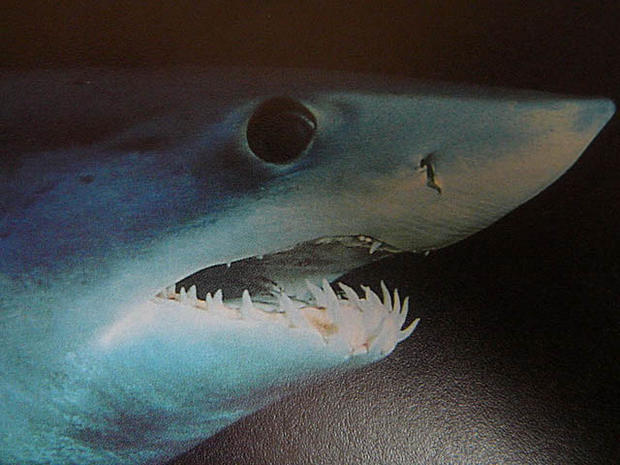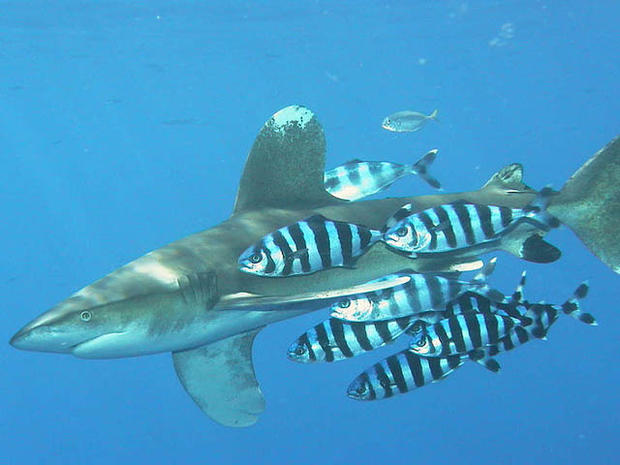Five Most Dangerous Sharks to Humans
Fossil remains suggest the Great White dates back to the early Eocene eras, which lasted from about 56 to 34 million years ago.
Mature males reach an average size of 10.5 feet while females can average 14 feet. Active during daytime hours, Great Whites feed on marine animals - they don't like sea birds or sea otters particularly. It's thought that they attack humans when they mistake diver and surfer silhouettes in the water during approaching from below the surface of the water. An alternative theory has also been suggested that Great Whites attack unfamiliar objects to test their potential as food. If true, that would help explain their involvement over the years in myriad hit-and-run attacks near beaches.
Not very much is known about the size of the great white's total population. Described as a slow-growing animal with low fertility rates, the Great White is considered at risk of overfishing.
Tiger Shark
Shortfin Mako
The Shortfin Mako is believed to be the fastest of any shark, able to swim up to 20 miles per hour. Prior to attacks, the sharks tend to swim in figure eight patterns and approach their prey with mouths open. The popularity of Mako meat in shark fin soup has reduced their populations; the World Conservation Union has listed the Shortfin mako as "Near Threatened."




